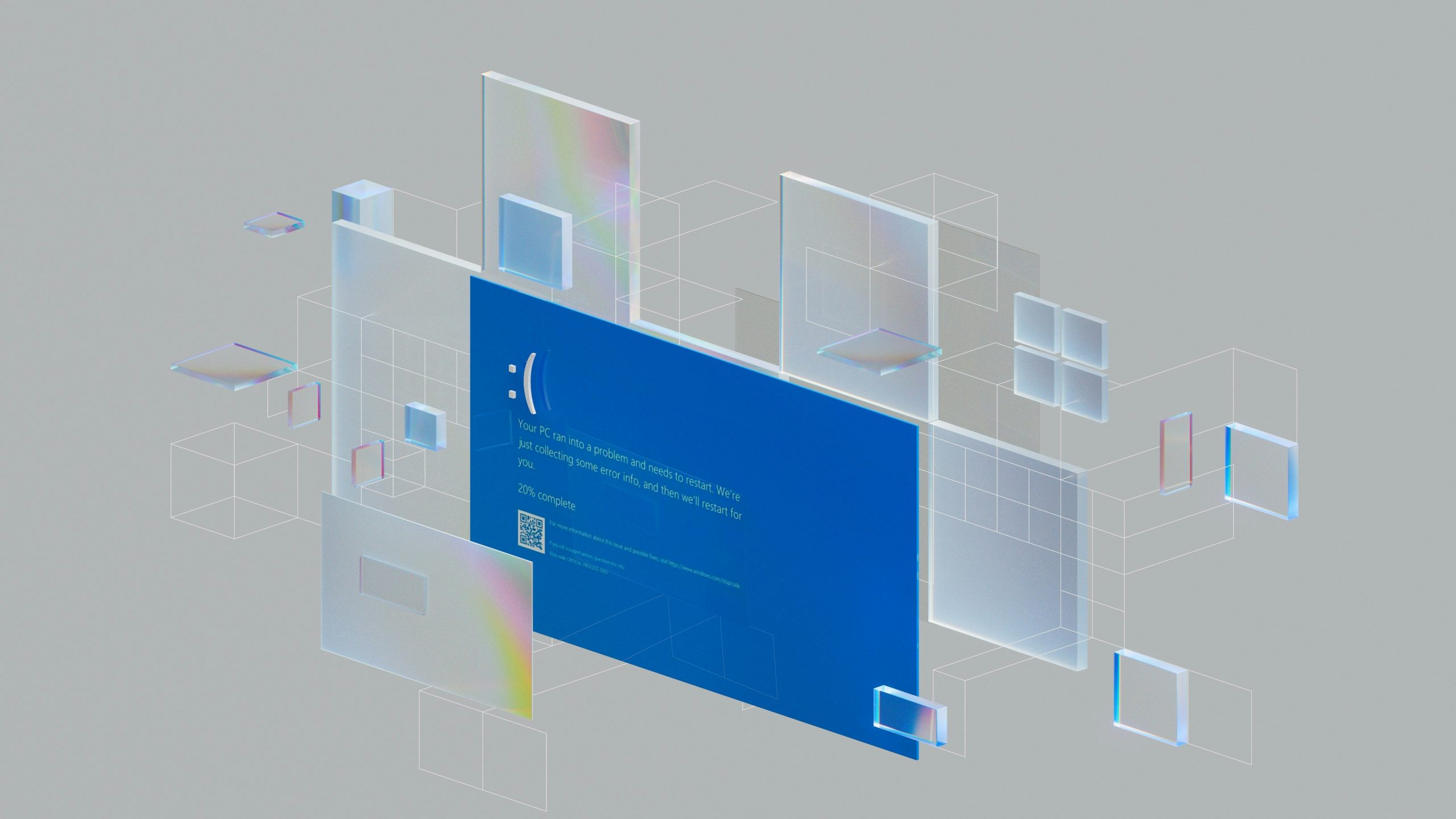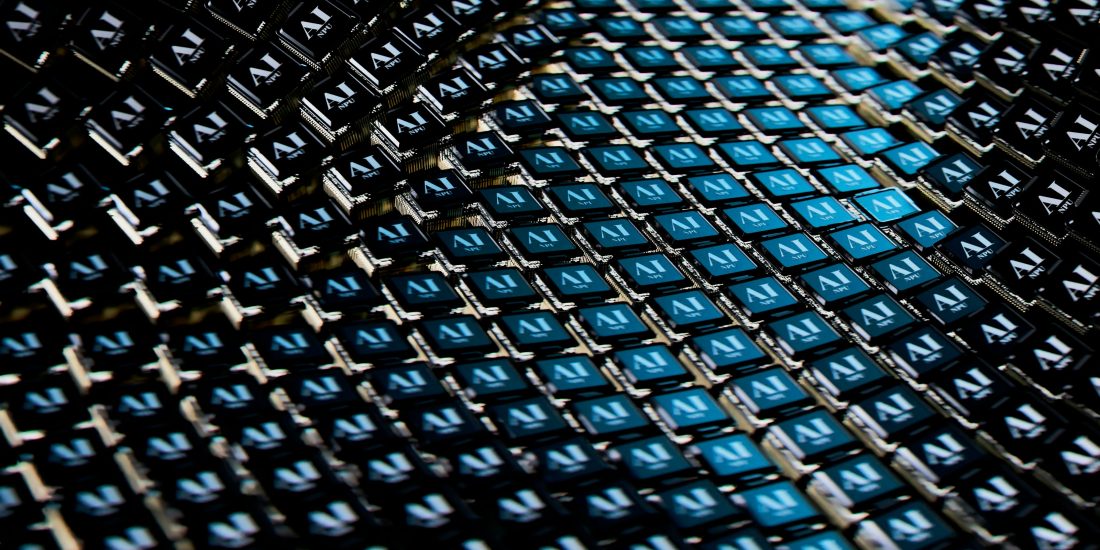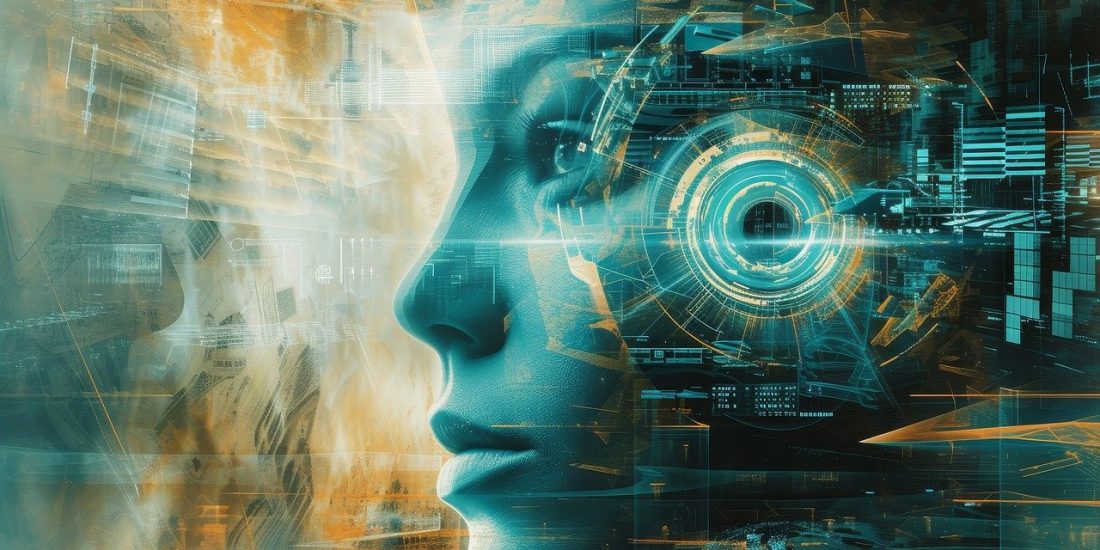
What the CrowdStrike Incident Teaches Us About Cybersecurity
When CrowdStrike’s update malfunctioned, the effects were immediate and widespread. Suddenly, millions of Windows devices worldwide crashed, causing a domino effect of disruption across numerous sectors. The chaos was felt everywhere—from businesses struggling with IT outages to airports dealing with grounded flights.
For those in the know, the rumors of a potential cyberattack sent shockwaves through the industry. Although no breach was confirmed, it got us thinking—what if there had been an attack?
As someone deeply invested in cloud and AI technologies, I couldn’t help but ponder the potential ramifications. Our team immediately began discussing the broader implications of the CrowdStrike incident. You see, this wasn’t just a tech issue; it was a wake-up call for everyone relying on digital infrastructure.
CrowdStrike Incident: The Facts
In July 2024, CrowdStrike experienced what appeared to be an operational glitch. Systems slowed down, alerts went off, and for a brief moment, it appeared like the worst-case scenario—a data breach—was unfolding. Here’s what happened:
- Update Malfunction: A faulty update caused millions of Windows devices to crash simultaneously, affecting businesses and services worldwide.
- Global Disruptions: The malfunction led to IT outages across various sectors, including healthcare, finance, and transportation, causing significant operational disruptions.
- Immediate Financial Impact: The estimated financial losses for the top 500 US companies alone reached nearly $5.4 billion, with only a small portion covered by insurance.
Fortunately, it turned out to be a false alarm–there was no cyberattack, but the operational disruptions were still significant. Nevertheless, this scenario offers a valuable lesson in the importance of being prepared for cyber threats.
The Hypothetical Scenario: What If the CrowdStrike Incident Had Been a Cyberattack?
Let’s imagine for a moment that the CrowdStrike malfunction wasn’t an accident, but a deliberate cyberattack. The potential fallout from such an event could have been catastrophic, affecting not just IT systems, but also the broader fabric of our digital society. Here’s how it could have played out:
- Data Breach and Theft: A targeted cyberattack could have resulted in sensitive data being stolen. This would include personal information, financial records, and proprietary business data. The repercussions of such a breach would be far-reaching, leading to privacy violations, financial fraud, and industrial espionage.
- Extended Operational Downtime: Unlike a glitch that can be fixed with a patch, a cyberattack would likely involve more extensive damage to IT infrastructure. This could mean prolonged outages, and taking critical services offline for an extended period. Hospitals, banks, and government services would be particularly vulnerable, potentially putting lives at risk and causing economic turmoil.
- Loss of Confidence in Cybersecurity: An attack on a high-profile company like CrowdStrike would shake the confidence of businesses and consumers in cybersecurity measures. It would highlight the vulnerabilities in even the most advanced security systems, prompting a reevaluation of existing defenses and potentially leading to increased investment in cybersecurity. This has happened in the past with companies like Colonial Pipeline in 2021, where a ransomware attack caused widespread panic and led to a significant overhaul of cybersecurity practices across the industry—a silver lining, but at what cost?
The Financial Impact of the CrowdStrike Malfunction
The financial fallout caused by the CrowdStrike incident was massive. Top U.S. companies faced an estimated $5.4 billion in losses, with only a fraction covered by insurance. Among the hardest hit was Delta Air Lines, which reported a $500 million loss due to the five-day outage. This disruption grounded thousands of flights and left hundreds of thousands of passengers stranded. As a result, Delta has hired renowned attorney David Boies to pursue damages from CrowdStrike and Microsoft, seeking compensation for the massive financial hit they endured.
This incident illustrates the immense financial risks tied to digital infrastructure failures. It’s a clear signal for companies to reexamine and strengthen their cybersecurity strategies to better protect against similar future disruptions. However, traditional methods often fall short, but advancements in technology are offering new solutions. This brings us to the role of AI in cybersecurity, an innovative approach to detecting, predicting, and responding to threats.
The Role of AI in Cybersecurity
AI is reshaping cybersecurity by providing new ways to detect, predict, and respond to threats. The technology’s capacity to process massive amounts of data at lightning speed allows it to identify patterns and anomalies that would be invisible to the human eye. Moreover, AI’s learning capabilities mean it continually adapts to emerging threats, making it an indispensable tool in the fight against cybercrime.
Real-Time Threat Detection
AI continuously monitors network traffic, identifying anomalies that might signal a cyberattack. This real-time analysis means threats can be spotted and neutralized almost immediately. Traditional methods often miss subtle signs of an attack, but AI’s vigilance ensures nothing slips through the cracks. That said, the human touch remains indispensable; sometimes, it takes an expert eye to interpret these alerts accurately and decide on the best course of action.
Predictive Analysis
AI’s ability to predict potential cyber threats is like having an early warning system. By analyzing historical data and identifying trends, AI can foresee where and how attacks might occur. This capability allows for preemptive measures, strengthening defenses before an attack even begins.
Automated Response
When an attack is detected, every second counts. AI can automate the response to these threats, isolating compromised systems, shutting down access points, and deploying countermeasures within milliseconds.
Balance AI and Human Expertise
Nonetheless, while AI provides powerful tools for improving cybersecurity, it’s not without its limitations. The technology can make mistakes, and over-reliance on AI could lead to complacency.
In this context, human expertise is irreplaceable for interpreting AI findings, making strategic decisions, and handling complex situations that AI might not manage effectively. Experienced professionals bring a depth of understanding and intuition that AI can’t replicate.
Looking Ahead
The CrowdStrike incident is a reminder of the fragility of our digital infrastructure. Although the malfunction was not a cyberattack, it highlighted the need for better cybersecurity measures. AI plays a powerful role here—its ability to detect, predict, and respond to threats can fundamentally change our defense strategies. However, relying solely on AI has its pitfalls. Overdependence on automation can lead to complacency, and no algorithm is foolproof. Human oversight is necessary to address nuanced situations that AI might misinterpret.
How do we find the right balance between automated defenses and human expertise? This question is central to the future of cybersecurity strategy. We must combine AI’s strengths with the irreplaceable insights of skilled professionals to build a resilient defense. As we move forward, let’s take this incident as a wake-up call to continuously improve our security measures and stay ahead of potential adversaries.
We encourage organizations to review and update their cybersecurity strategies, invest in advanced AI technologies, and maintain continuous human oversight. If you’re looking to enhance your cybersecurity measures, let’s get in touch. Reach out today, and our team of experts will help you build a stronger defense system.





